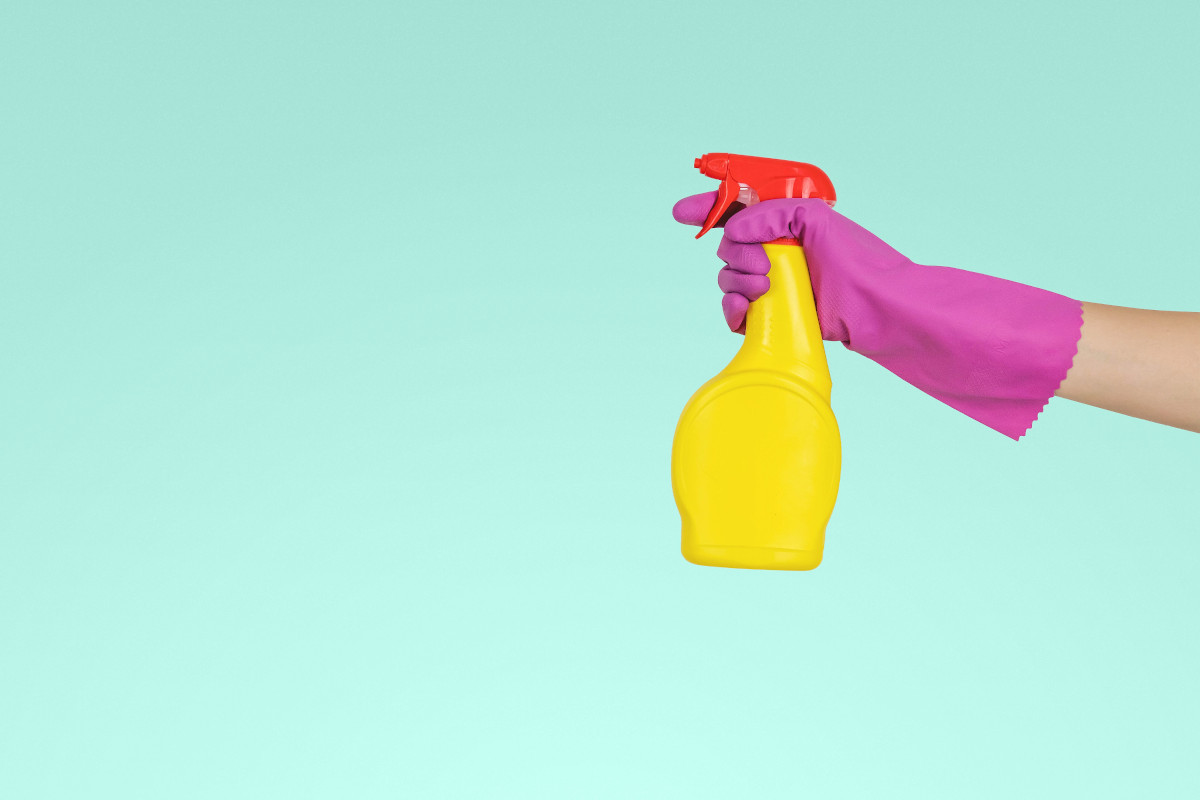
Tips on How to Clean with Bleach Safely
Bleach is one of the commonly used cleaning products found at home. Typically, in liquid form, bleach is designed for disinfection of bacteria, fungus and virus as well as whitening surfaces such as bathroom tiles, shower floor as an example. However, it is also known to cause skin irritations and chemical burns if not handled with care while cleaning.
Take the following precautions when cleaning using bleach to help mitigate the risks of harm:
- Keep bleach products out of reach from children
- Follow instructions on package to dilute in water in the correct ratio before use
- do not mix bleach with other chemicals such as alcohol, ammonia and vinegar
- Do not apply bleach on metal surfaces
- Rinse with water after cleaning
- Wear protective clothing
- Maintain good ventilation in the area been cleaned
- Use bleach sparingly
In some scenarios, there are natural products that can be used as an alternative to bleach products.
Keep Bleach Out of Reach from Children
WARNING: In the case a child has ingested bleach, contact your local emergency service for help now.
Bleach is a hazardous chemical and it should not be in the reach of children. To avoid the risk that a child drinks bleach by mistake, put the product away in a safe location, such as a cabinet with lock that can only be accessed by the parent.
Dilute in Water
Follow the instructions on the bleach product packaging and make sure that the solution is diluted in water in the right ratio before use. An undiluted solution might be too potent and can cause damage to the surface that is been cleaned and harmful to you.
Bleach should be diluted only with cold water. This is because in the case of using hot water, more vapors can escape, and these may be inhaled along with traces of bleach contained in the fume.
Do Not Mix with Other Chemicals
Mixing bleach with another type of cleaning liquid can result in chemical reactions that emit dangerous gas causing severe harm to you and the environment. For the same reason, it's worth remembering to never mix bleach with any of the following chemicals: alcohol, ammonia and vinegar. These can result in extremely volatile and toxic fumes that can cause serious health issues.
Always follow the instructions on the packaging carefully and mix bleach products with water only.
Do Not Apply on Metals
Due to its corrosive nature, bleach can cause rusting to metals such as stainless steel, steel utensils and surface with metal coatings. Rust is also a source of health hazard and will have to be removed as part of another cleaning.
Wear Protective Clothing
Bleach is a corrosive product and it can cause irritation and chemical burns when making contacts with your skin, accidentally splashes into your eyes or just breath in the fumes. Here are some ways to help protect yourself when cleaning using bleach.
Wear a pair of gloves can help protect your hands from the strong chemical effects of bleach. Without gloves, even after carefully washing your hands with soap, trace of the bleach can stay in the crevices between your rings and fingers and continue its chemical attack to the underlying area.
Put on a goggle or wear a glass to shield your eyes from the vapors and any accidental splash of bleach that can cause symptoms that range from irritation to requiring medical care.
To get relief from breathing in the fumes coming off from the bleach, you can wear a face mask such as a 3M respirator that are designed for household cleaning.
It's also a good idea to wear clothing that fully covers your body when working with bleach, just in case of any splashes or spills during the cleaning.
Rinse with Water
After applying the bleach cleaning liquid, the surface area should be rinsed with water to remove any residues that may be left behind. Vacate the area for at least 10 to 30 minutes after the rinse to allow the surface to dry and any residual solution to be completely evaporated.
Ventilation
Keep the area well ventilated and make sure there is good air flow to help quickly dissipate any fumes coming off from the cleaning liquid.
Use Bleach Sparingly
While effective in killing bacteria, fungus and viruses, bleach is a corrosive chemical and comes with potential side effects such as skin irritation and chemical burning when in contact with skin and eyes as well as inhaling toxic fumes. Its best to exercise caution and avoid overuse of bleach products to reduce the health risks associated when cleaning.
Consider Natural Cleaning Products
For some stains, there might be natural cleaning alternatives to using bleach. For example, did you know that lemon juice and baking soda can be mixed into a paste to clean tile grouts? Often, there are more than one way to tackle a cleaning job.
Disclaimer
Information provided on this website are of general in nature and they are not medical advice. Contact Emergency, Poison Center or Medical Professional if you have any health concerns.